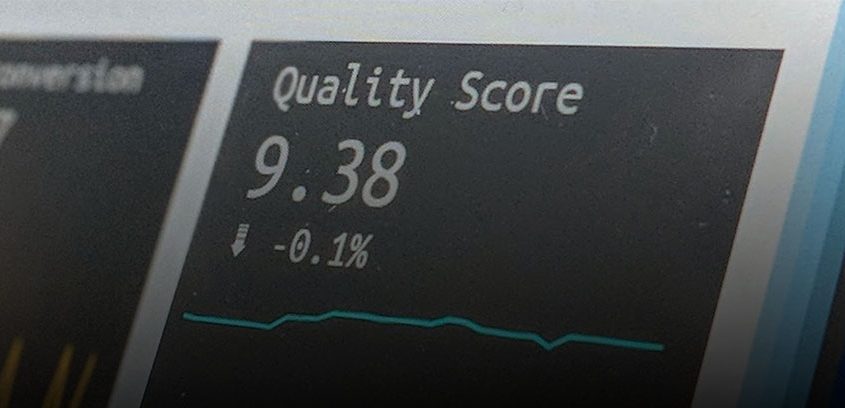
Internet Usage Continues To Surge, How Are IXPs Meeting Demand?
As the internet becomes increasingly intrinsic to business operations and daily lives alike, the interconnection between networks, content providers and users becomes more critical to creating the ‘network of networks’ that is the Internet. Research shows that 63% of the global population are using the internet regularly, that’s double where it stood just ten years ago. At the forefront of this huge increase in internet usage are Internet Exchange Points (IXPs)—facilities where all Internet players can interconnect to one another, ensuring network quality remains efficient and affordable, even at huge scale.
What is causing the surge in internet usage?
IoT
IoT platforms generate massive volumes of data that must be transmitted, processed, integrated and stored beyond the connected “things” themselves. IoT applications are already creating tremendous volumes of data, and it’s set to continue, with some estimates putting IoT generated data demand at 80 zettabytes. Traditional, centralised IT architectures can’t sustainably support this traffic.
5g
With the ability to support significantly higher speeds, lower latency and higher capacity, 5G is the first generation of mobile/wireless communications built to handle advanced enterprise applications. It is poised to speed up digital business innovations like self-driving cars, smart cities, connected healthcare and more. But the acceleration of 5G adoption also comes with an increase in data demands, and a need for more interconnection points to securely host and stream data at significantly higher speeds, volumes and lower latencies.
Remote working
The last couple of years have seen a huge rise in remote working, and with that an increase in internet traffic. Data-heavy applications in particular have increased, such as video conferencing software. Look at Zoom, whose users increased by 2900% with the pandemic.
Live streaming
From football finals, to eSports matches, to concerts; live streaming is everywhere. The live streaming industry is set to grow by over $25 billion in the next four years alone, putting huge pressure on digital infrastructure to effectively support the increase in data. As more than half of viewers will abandon poor streams within the first 90 seconds, it’s extremely important for hosting providers to ensure high quality and low latency.
How can IXPs help?
The public internet isn’t the answer when tens of gigabits of business-critical data are involved. Peering is more relevant than ever for networks, and is becoming more and more relevant to enterprises that need a robust network. Here’s how IXPs can help support large volumes of traffic.
Keeping large volumes of traffic affordable.
When using an IXP, the traffic ISPs must deliver to their connectivity provider diminishes; and so do the costs. As the fastest and shortest route to other peering members, connecting at IXPs greatly reduces latency, increases speed and reduces the cost of an organisation’s Internet traffic whilst improving bandwidth and routing efficiency. This keeps networking operations affordable even at times of high demand.
Maintaining adequate latency at peak traffic times.
Direct interconnection prevents data from travelling large distances in order to go from one network to another, thus reducing latency. IXPs also help to considerably improve bandwidth between the clients of two neighbour ISPs within the point, again ensuring content providers and other tenants can continue to provide high quality, low latency services to their end users—even when demand is high.
Enabling easy scale with demand.
As IXPs can provide multiple ports of varying capacities, they enable users to scale capacity if and when needed. This, again, is very useful to help meet surging demand and ensure no disruption to services.
Peering at Italy’s leading Internet Exchange
With IXPs across Italy, (Milan metro area, Bologna and Palermo) totalling 10 points of presence (PoPs), MIX offers the perfect strategic gateway between central and southern Europe. The MIX interconnection platform offers customers an opportunity to exchange Internet traffic with enhanced network performance, increased data flow control, reducing latency and IP-Transit costs. For more information, you can reach out to our IXP experts here


